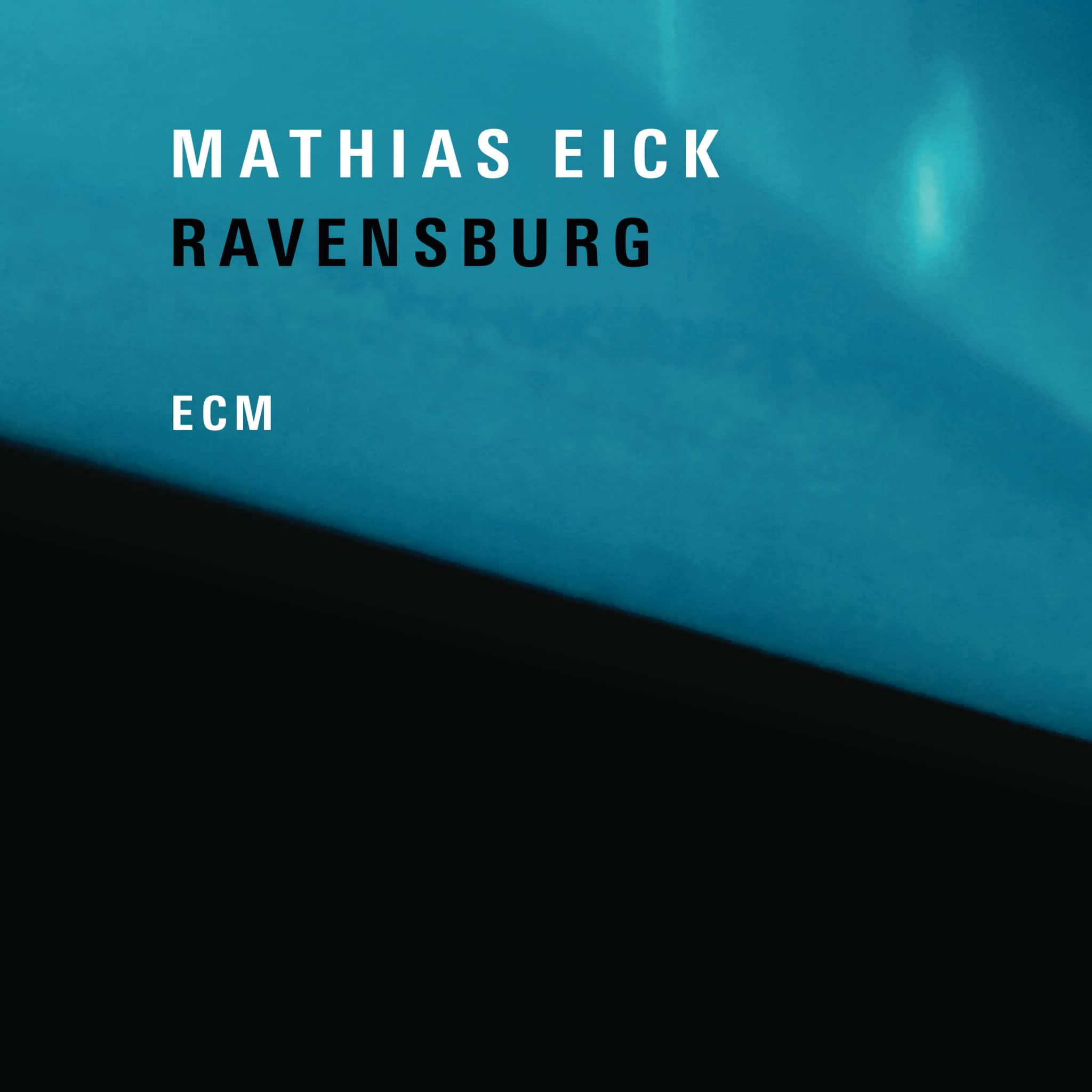Album insights
In a bakery on Pudding Lane on Sunday, September 2, 1666, the Great Fire of London broke out, reaching the grand medieval St. Paul's Cathedral the next day. John Evelyn, a historian, observed that the scaffolding meant for repairing the masonry halted the flames, with bricks flying like grenades and molten lead streaming down the streets. After the blaze, King Charles II ordered the construction of a temporary choir, completed over a year later. The major rebuilding of the cathedral took much longer; the cornerstone was laid in 1675, but architect Christopher Wren oversaw its completion only in 1694. Additional years were required for the full interior finishing. The cathedral's organ construction began in 1694 and continued until spring 1699. With the declaration of completion in 1711, St. Paul's had already been in use. The official reopening coincided with the Harvest Thanksgiving on December 2, 1697, to mark the 300th anniversary. The celebratory program featured four remarkable pieces composed for St. Paul's between 1697 and 1755.
St. Paul's usual choir masses were accompanied solely by the organ, a tradition still observed today. For official ceremonies and state events, an orchestra was hired to accompany at least one choral piece and the Te Deum and Jubilate. Influenced by the "symphonic choral works" at Karl II's Chapel Royal, developed by Pelham Humfrey and John Blow, this genre faded during the rule of King William III in 1688. Orchestral hymns, nevertheless, were played during coronation ceremonies. In 1694, Henry Purcell composed his renowned Te Deum and Jubilate in D major for strings and trumpets. Initially performed during the Saint Cecilia feast in 1694, it was suggested that this composition, the first of its kind in England, was specifically created for the St. Paul's reopening. Even after Purcell's demise, it was John Blow's task to compose a new choral piece for the occasion. The composition "I was glad when they said unto me" was set to a text used by Bishop Compton during a sermon. The piece shared a similar orchestration with Purcell's work, featuring expressive duets and solos with two trumpets.
Following its reopening, St. Paul's was used frequently to celebrate the Duke of Marlborough's military triumphs over the French. Purcell's Te Deum and Jubilate remained in the repertoire, but in 1709, William Croft composed a more contemporary version for the Harvest Thanksgiving service during the Battle of Malplaquet. Handel, inspired by Croft's work, produced his own Te Deum and Jubilate for the Peace of Utrecht in 1713. Premiered during a public rehearsal at the cathedral, the Utrecht Te Deum and Jubilate marked a turning point in Handel's career and English church music. This bold composition showcased a diverse range of keys and moods, demanding virtuosity from vocal and instrumental soloists. Handel later revamped the Jubilate for a smaller ensemble at Chandos' chapel around 1717/8.
In 1755, William Boyce penned the choral piece "Lord, thou hast been our refuge" for the Sons of the Clergy charity organization. Paired with "Blessed is he that considereth the poor," composed for the same occasion, these works were performed at their annual gatherings from 1775 to around 1843. Later, in 1802, the complete version was released when Boyce's choral music was overshadowed by Handel's compositions. The music, touching on various emotions, resonated well within St. Paul's acoustically grand environment, enthralling audiences with its brilliance and pathos. This music was meant to be heard in the spacious cathedral for which it was written, ensuring a memorable experience for listeners.


